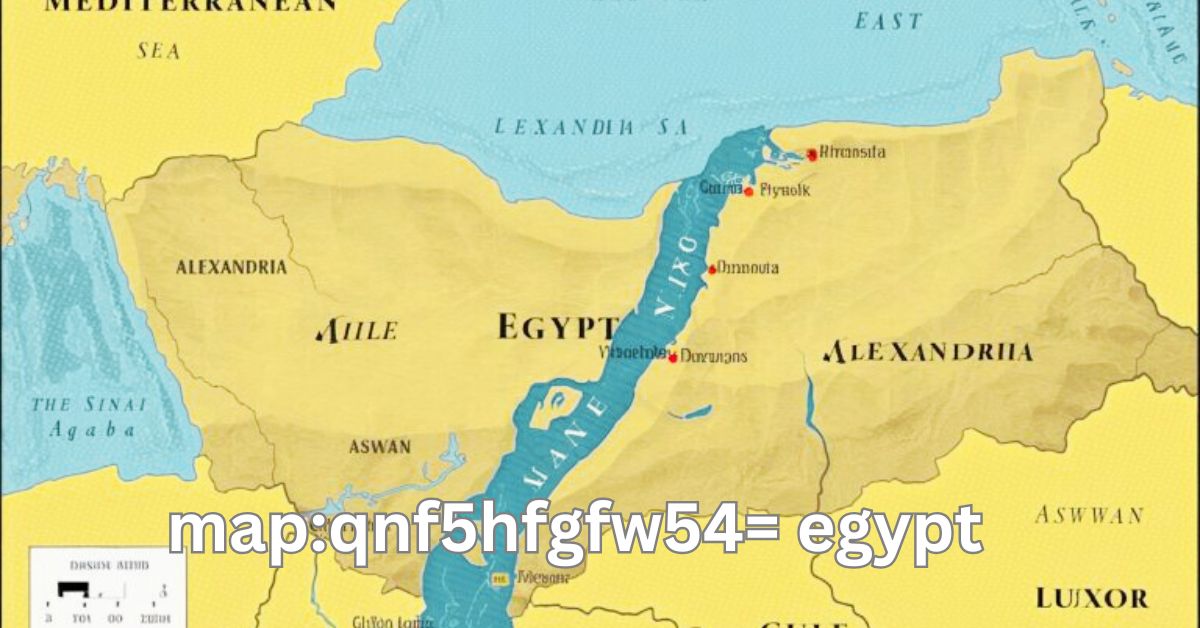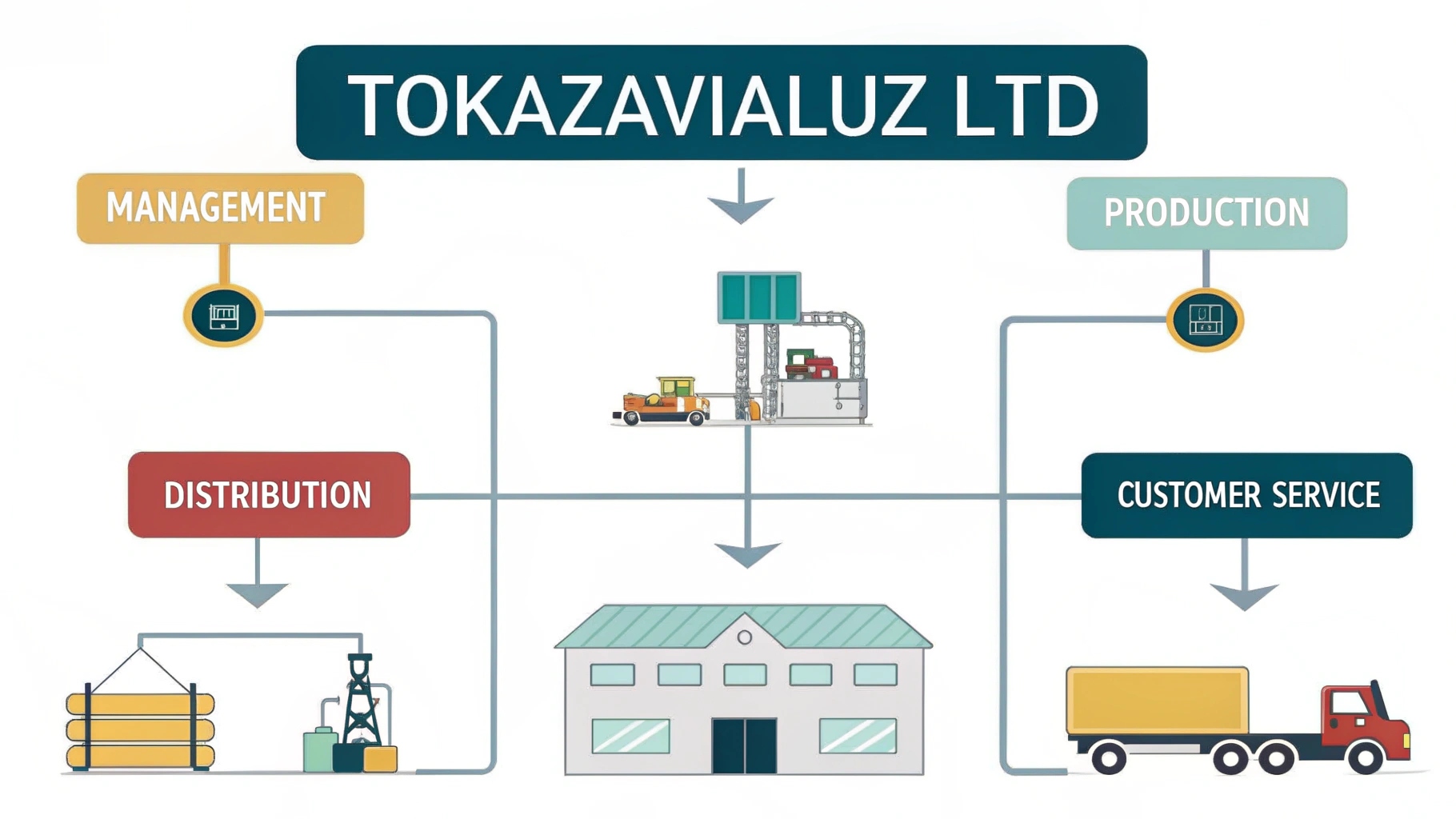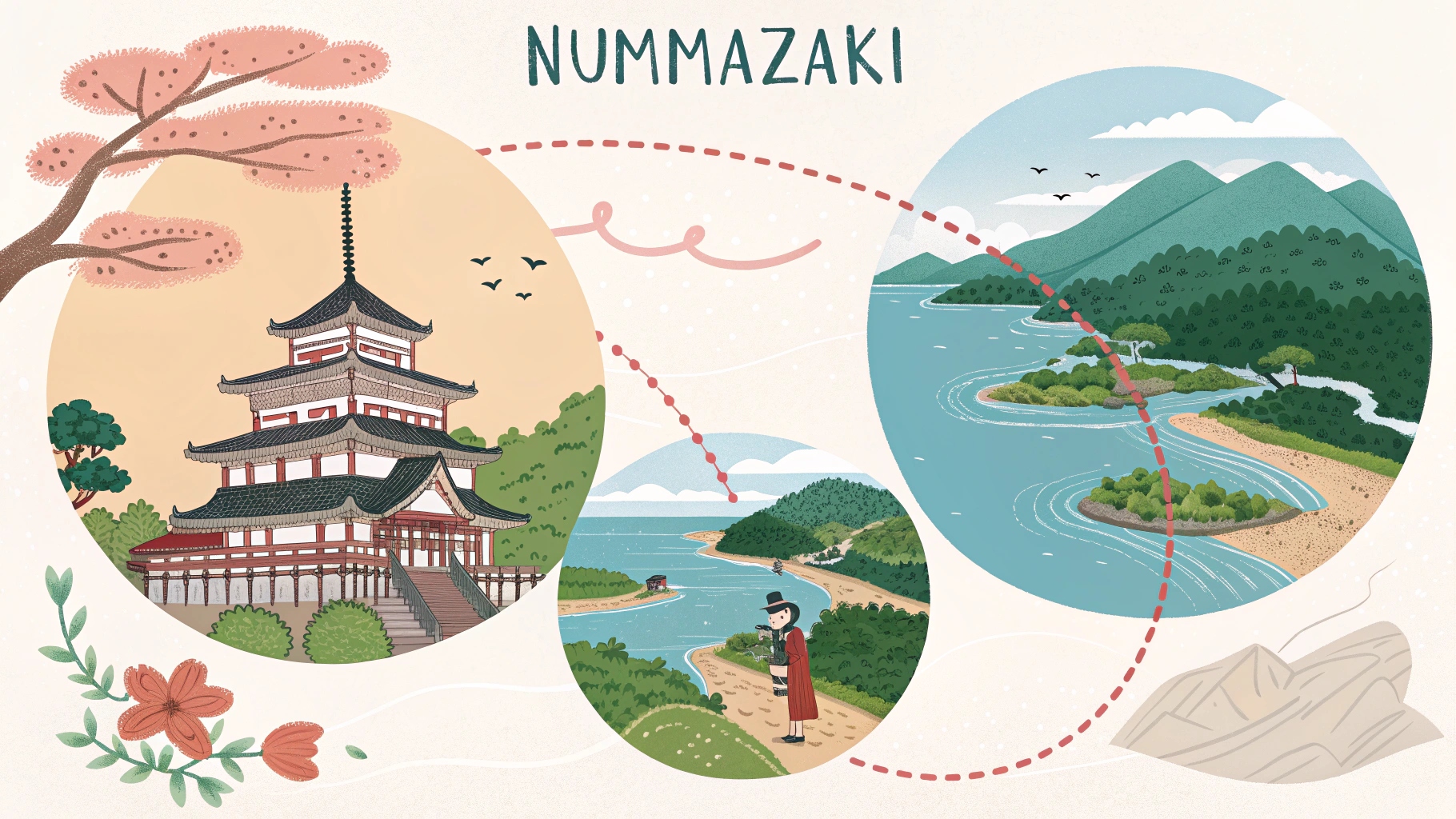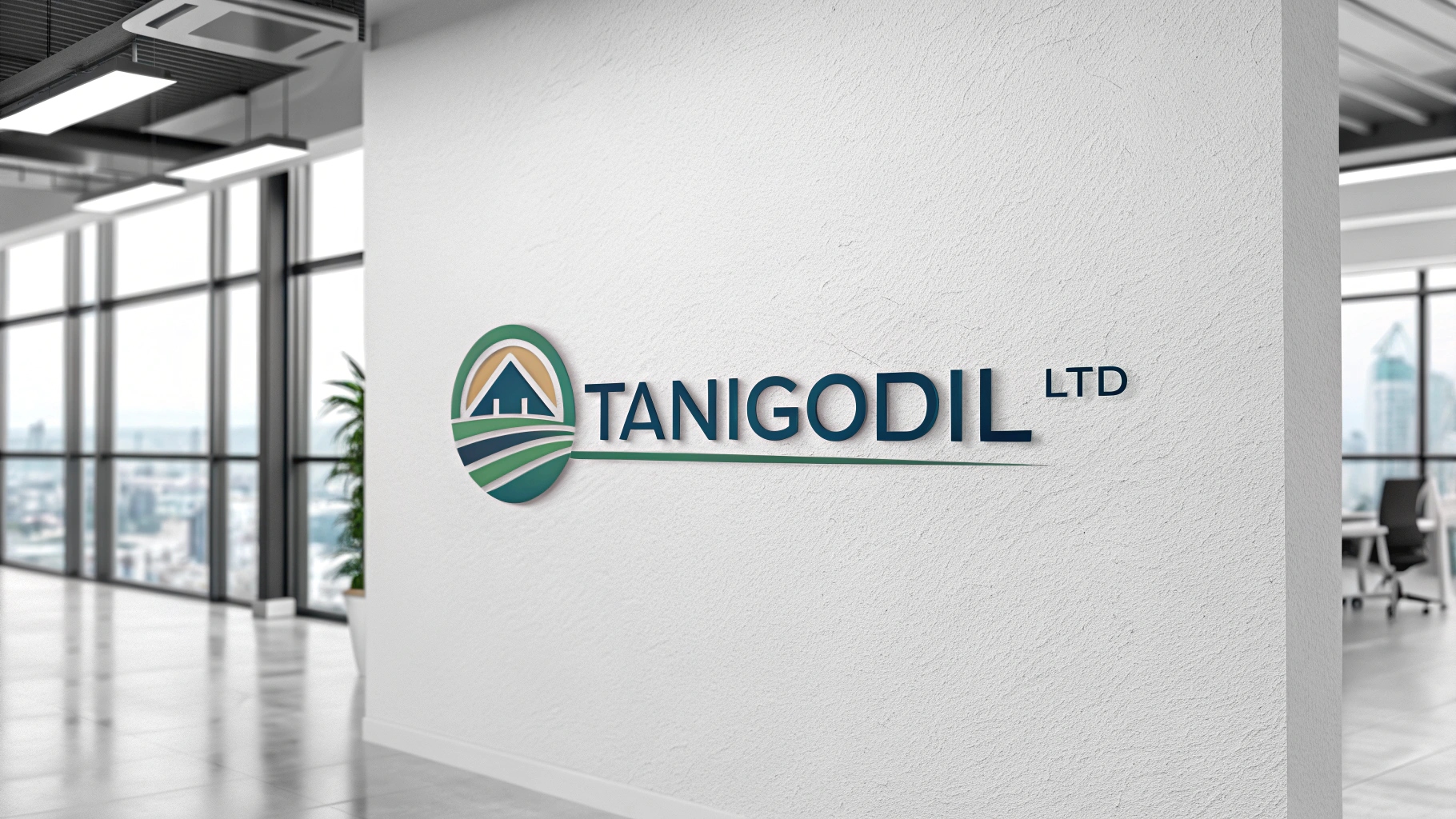Egypt, a cradle of civilization, captivates with its ancient pyramids, the Sphinx, and the life-giving Nile River. This timeless land tells stories of Pharaohs, gods, and a rich cultural legacy.
Beyond its iconic landmarks, Egypt blends tradition with modernity. Cities like Cairo and Alexandria pulse with life, offering a dynamic mix of history and contemporary culture.
Whether exploring ancient temples or vibrant bazaars, Egypt invites you to uncover a civilization whose influence spans millennia, leaving an indelible mark on the world.
What is the significance of the Great Pyramids of Giza?
The Great Pyramids of Giza are iconic symbols of Egypt’s ancient history and engineering prowess. Built over 4,500 years ago, they served as tombs for pharaohs. The pyramids, especially the Pyramid of Khufu, are among the Seven Wonders of the Ancient World. They demonstrate the architectural skills of the Egyptians and remain a top tourist destination today.
How does the Nile River shape Egypt’s geography and culture?
The Nile River is Egypt’s lifeline, supporting agriculture and transport. Flowing through arid landscapes, it enabled ancient Egyptian civilization to flourish. Today, it remains a vital resource for irrigation and drinking water. The river’s banks host significant cities like Cairo and Luxor, reflecting its continued cultural relevance.
What is the history behind the Sphinx?
The Sphinx is a colossal limestone statue near the Pyramids of Giza, believed to represent Pharaoh Khafre. Its origins date back to around 2500 BCE. The statue combines a lion’s body and a human head, symbolizing strength and wisdom. The Sphinx has endured centuries of erosion and remains an enduring enigma of Egyptian history.
Why is Cairo known as “The City of a Thousand Minarets”?
Cairo earned this nickname due to its countless mosques and Islamic architectural heritage. Landmarks like Al-Azhar Mosque and Sultan Hassan Mosque highlight its rich history. The city is a cultural hub with vibrant markets like Khan el-Khalili. Cairo’s skyline reflects its historic and modern aspects, blending tradition with progress.
What makes Luxor a must-visit destination in Egypt?
Luxor, often called the “world’s greatest open-air museum,” is home to temples and tombs. The Karnak Temple Complex and the Valley of the Kings are standout attractions. These sites offer insight into Egypt’s ancient rulers and their achievements. Luxor’s Nile-side location adds to its charm, attracting travelers worldwide.
What is the story behind Abu Simbel temples?
The Abu Simbel temples were constructed by Pharaoh Ramses II in the 13th century BCE. These massive rock temples honor gods and commemorate Ramses’ reign. Relocated in the 1960s to avoid submersion by Lake Nasser, they showcase extraordinary engineering. The temples also host a biannual solar alignment phenomenon, mesmerizing visitors.
How has the Rosetta Stone influenced our understanding of ancient Egypt?
The Rosetta Stone, discovered in 1799, was key to deciphering Egyptian hieroglyphs. Inscribed in three scripts—Greek, Demotic, and Hieroglyphic—it provided a comparative framework. It unlocked knowledge of ancient Egyptian language and culture. Currently housed in the British Museum, it remains a cornerstone of Egyptology.
What is the significance of Egyptian hieroglyphs?
Hieroglyphs were a writing system used for religious texts, royal decrees, and monumental inscriptions. They comprised pictorial symbols representing sounds and meanings. This script offers insight into the beliefs, governance, and daily life of ancient Egypt. Modern understanding of hieroglyphs comes from discoveries like the Rosetta Stone.
What is Egypt’s role in modern Arab culture?
Egypt plays a leading role in Arab culture through cinema, music, and literature. Its film industry, centered in Cairo, is often referred to as the “Hollywood of the Arab World.” Egyptian artists like Umm Kulthum have left a lasting impact on music. The country’s cultural contributions continue to shape the Arab world’s identity.
What are the highlights of Alexandria’s history?
Founded by Alexander the Great in 331 BCE, Alexandria was a center of learning and trade. The ancient Library of Alexandria and the Pharos Lighthouse were renowned globally. Today, the city blends historical sites with modern attractions. Alexandria remains an important cultural and economic hub in Egypt.
How does the Red Sea attract tourists?
The Red Sea is famous for its crystal-clear waters and diverse marine life. It offers world-class diving spots like Sharm El-Sheikh and Hurghada. Coral reefs and shipwrecks provide unique underwater experiences. The sea’s resorts cater to both adventure seekers and relaxation enthusiasts, making it a prime destination.
What is the importance of the Egyptian Museum in Cairo?
The Egyptian Museum houses an unparalleled collection of ancient artifacts. Its exhibits include treasures from Tutankhamun’s tomb and royal mummies. The museum serves as a gateway to understanding Egypt’s rich history. With plans for the Grand Egyptian Museum, its legacy will continue to expand.
How is traditional Egyptian cuisine unique?
Egyptian cuisine is a flavorful blend of Middle Eastern and Mediterranean influences. Dishes like koshari, ful medames, and molokhia are staples. Spices, lentils, and fresh produce are integral to its flavors. Food reflects Egypt’s history and geography, creating a distinctive culinary identity.
What festivals are celebrated in Egypt?
Egypt celebrates diverse festivals, including religious and cultural ones. Ramadan and Eid are significant Islamic events marked by fasting and feasts. Coptic Christmas and Sham El-Nessim showcase Egypt’s Christian heritage. These festivals highlight the country’s multicultural spirit and traditions.
How has Egypt balanced modernization with heritage preservation?
Egypt embraces modernization while preserving its historical treasures. Initiatives like UNESCO collaborations safeguard ancient sites. Cities like Cairo showcase modern infrastructure alongside historic landmarks. This balance ensures Egypt’s legacy endures amid contemporary growth.
Conclusion
Egypt stands as a testament to human ingenuity and cultural resilience. Its landmarks, from the Pyramids of Giza to the Abu Simbel temples, continue to captivate global audiences. Beyond monuments, Egypt’s vibrant traditions and cuisine reflect its rich heritage.
As the country modernizes, its efforts to preserve history ensure future generations can appreciate its legacy. Egypt’s cultural contributions enrich not just the Arab world but the global stage.
Whether you’re exploring its ancient wonders or diving into its modern culture, Egypt offers an unforgettable journey. Its blend of past and present leaves a lasting impression on every visitor.
FAQs
1. What is Egypt famous for?
Egypt is renowned for its ancient pyramids, Nile River, and rich cultural heritage.
2. Is it safe to travel to Egypt?
Yes, many tourist areas in Egypt are considered safe, but travelers should check updates.
3. What currency is used in Egypt?
The Egyptian Pound (EGP) is the official currency of Egypt.
4. What is the best time to visit Egypt?
The best time to visit is from October to April, when the weather is cooler.
5. What language is spoken in Egypt?
Arabic is the official language, with Egyptian Arabic being the most common dialect.
6. What is the capital city of Egypt?
Cairo is the capital city and the largest urban center in Egypt.
7. Can tourists enter the pyramids?
Yes, visitors can enter some pyramids like the Great Pyramid of Giza with an entry ticket.
8. What is the primary religion in Egypt?
Islam is the dominant religion, with a significant Christian minority.
9. What are Egypt’s famous foods?
Popular dishes include koshari, falafel, and grilled meats.
10. How is the weather in Egypt?
Egypt has a hot desert climate, with mild winters and scorching summers.





